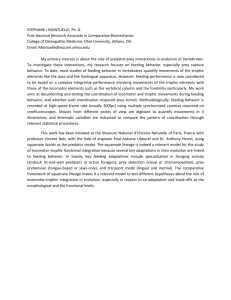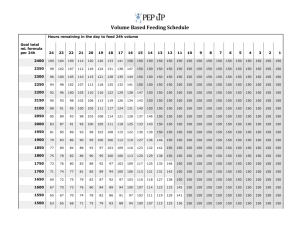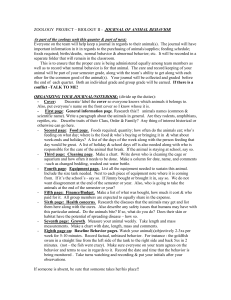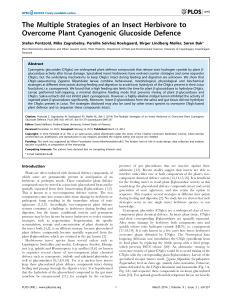Video clip accompany text
advertisement
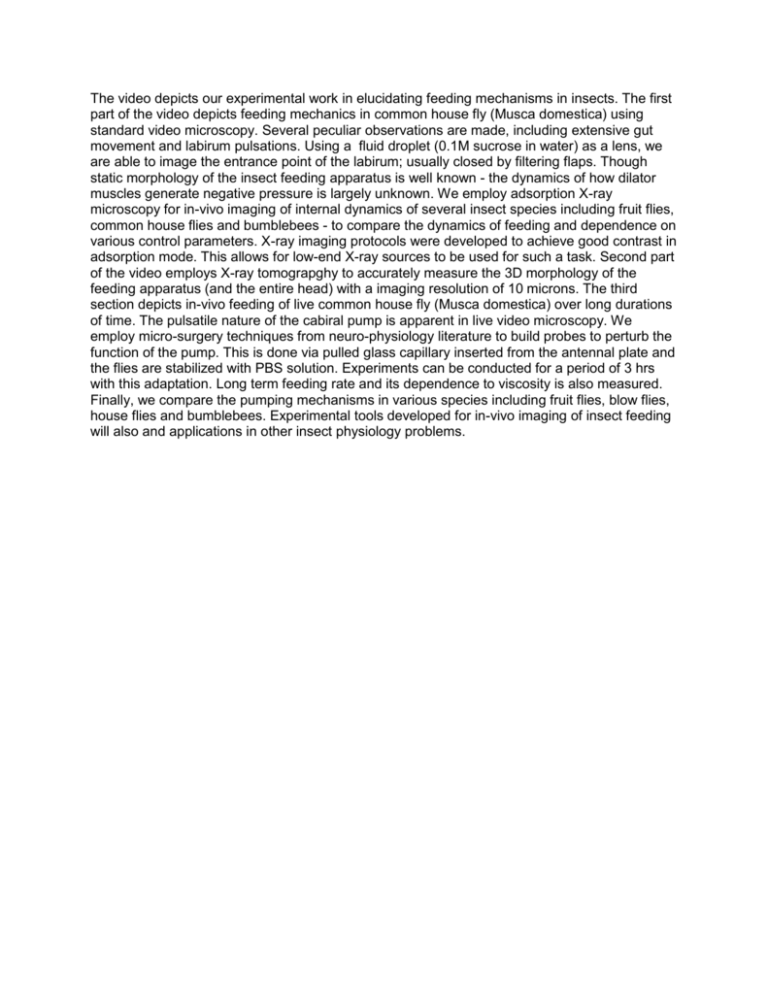
The video depicts our experimental work in elucidating feeding mechanisms in insects. The first part of the video depicts feeding mechanics in common house fly (Musca domestica) using standard video microscopy. Several peculiar observations are made, including extensive gut movement and labirum pulsations. Using a fluid droplet (0.1M sucrose in water) as a lens, we are able to image the entrance point of the labirum; usually closed by filtering flaps. Though static morphology of the insect feeding apparatus is well known - the dynamics of how dilator muscles generate negative pressure is largely unknown. We employ adsorption X-ray microscopy for in-vivo imaging of internal dynamics of several insect species including fruit flies, common house flies and bumblebees - to compare the dynamics of feeding and dependence on various control parameters. X-ray imaging protocols were developed to achieve good contrast in adsorption mode. This allows for low-end X-ray sources to be used for such a task. Second part of the video employs X-ray tomograpghy to accurately measure the 3D morphology of the feeding apparatus (and the entire head) with a imaging resolution of 10 microns. The third section depicts in-vivo feeding of live common house fly (Musca domestica) over long durations of time. The pulsatile nature of the cabiral pump is apparent in live video microscopy. We employ micro-surgery techniques from neuro-physiology literature to build probes to perturb the function of the pump. This is done via pulled glass capillary inserted from the antennal plate and the flies are stabilized with PBS solution. Experiments can be conducted for a period of 3 hrs with this adaptation. Long term feeding rate and its dependence to viscosity is also measured. Finally, we compare the pumping mechanisms in various species including fruit flies, blow flies, house flies and bumblebees. Experimental tools developed for in-vivo imaging of insect feeding will also and applications in other insect physiology problems.


